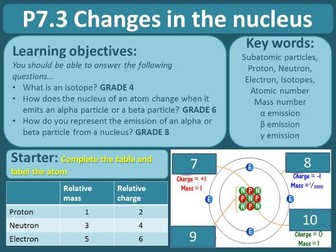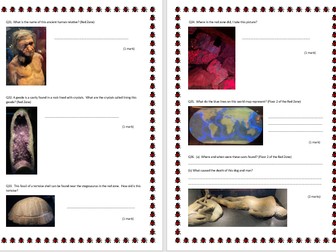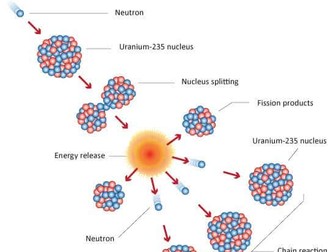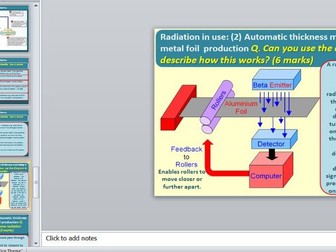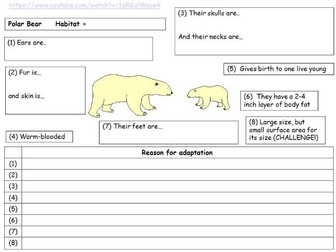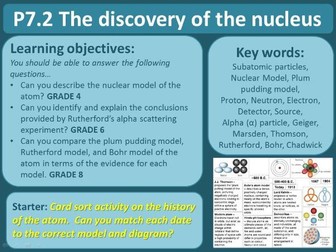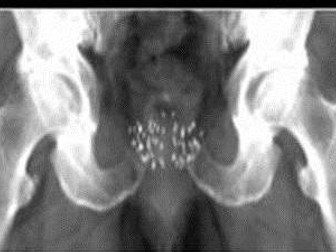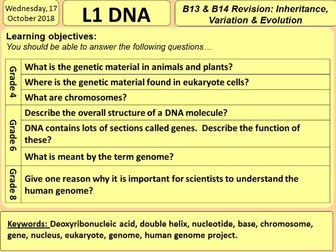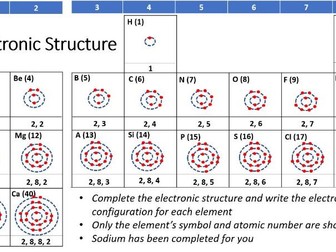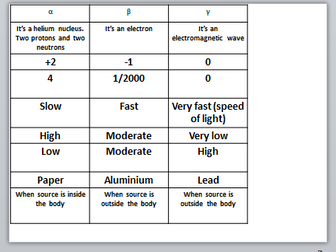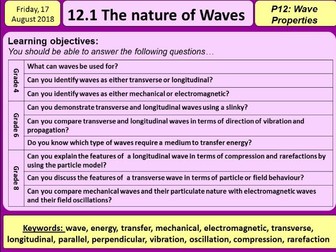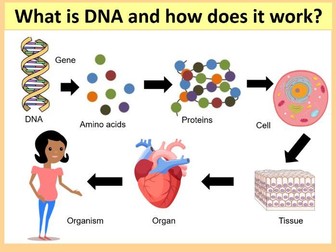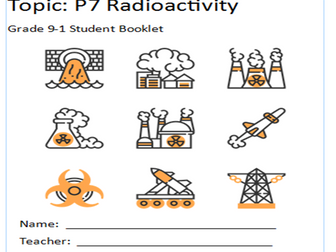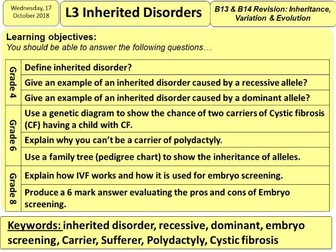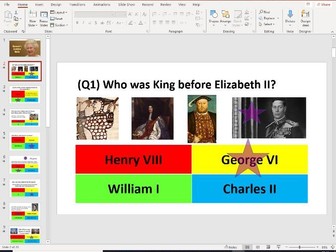AQA Trilogy Biology Protists Malaria
<p>This lesson teaches students about Protists and the example is malaria. All resources are included. This lesson was judged as outstanding. I hope you find it useful.</p>
Radioactivity, Lesson 3: Changes in the nucleus (Radioactive decay)
<p>Science - Physics - Radioactivity, Lesson 3: Changes in the nucleus (Radioactive decay)</p>
<p>This lesson is for the New AQA GCSE Sciences.</p>
Natural History Museum Quiz (and answers) School Trip
<p>The perfect way of entertaining KS2 and KS3 students on a trip to the Natural History Museum. I have designed a quiz for students to carry out whilst visiting the NHM in South Kensington London. This keeps the students focused, engaged and active. The students thoroughly enjoyed this trip.</p>
Nuclear Fission
<p>KS4 GCSE Science<br />
Physics<br />
AQA<br />
Triple Science<br />
Grade 9-1<br />
Learning objectives:<br />
You should be able to answer the following questions…<br />
What is nuclear fission? GRADE 4<br />
Explain the difference between spontaneous fission and induced fission? GRADE 6<br />
Describe what happens in a chain reaction? Explain how to control a chain reaction in a nuclear reactor? GRADE 8</p>
undefined
Alpha, beta and gamma radiation
<p>Learning objectives:<br />
You should be able to answer the following questions…<br />
GRADE 4<br />
Can you rank the three types of nuclear radiation in order of their penetrating power, range through air?<br />
Can you describe the process of ionisation?<br />
GRADE 6<br />
Can you describe how a Geiger counter can be used to detect radiation?<br />
Can you describe how penetrating powers are measured?<br />
GRADE 8<br />
Can you evaluate the risks caused by alpha radiation inside and outside the human body?<br />
Can you describe how the thickness of a material being manufactured can be monitored using radiation?</p>
<p>Key words: alpha radiation, beta radiation, gamma radiation, random, ionisation, irradiated</p>
Adaptations and Competition KS3 Science
<p>Ideal for year 7 and 8 students.</p>
<p>Adaptation and Competition</p>
<p>KS3 Science<br />
Biology</p>
<p>All of the worksheets are included in the power-point. These are the black and white slides and can be printed directly from the power-point. The cover photo used for this resource is one of the 5 worksheets included.</p>
<p>I used this lesson for an interview and was given the job ;)</p>
Aerobic respiration: Link Reaction and Krebs Cycle
<p>This lesson is suitable for KS5/A Level Biology.<br />
It recaps glycolysis.<br />
It is designed to teach the Link Reaction and Krebs Cycle.<br />
I teach AQA A Level Biology</p>
<p>I have also included the student worksheets</p>
GCSE Radioactivity (Lesson 2) - The discovery of the nucleus (alpha particle scattering)
<p>Rutherford<br />
Geiger & Marsden<br />
Thomson<br />
Bohr<br />
Chadwick<br />
Alpha particle scattering experiment<br />
Nuclear model<br />
Plum pudding model</p>
Nuclear radiation in medicine GCSE PHYSICS
<p>GCSE PHYSICS<br />
Triple Science<br />
AQA<br />
Radioactivity<br />
(9-1)</p>
NUCLEAR FUSION (Physics - triple science)
<p>AQA Triple Science Physics<br />
Radioactivity<br />
Nuclear Fusion<br />
Whole lesson</p>
DNA, Chromosomes, Genes and the Genome (GCSE Biology)
<p>GCSE Science<br />
Biology<br />
Planned for AQA Trilogy<br />
Inheritance, Variation and Evolution Topic</p>
GCSE SCIENCE (CHEMISTRY): ELECTRONIC CONFIGURATION/STRUCTURE
<p>This is a complete lesson on how to teach electron configuration of the first 20 elements of the periodic table.</p>
Alpha, Beta and Gamma Radiation Card Sort Activity
<p>Physics<br />
Radioactivity<br />
Atoms and radiation<br />
Alpha<br />
Beta<br />
Gamma</p>
GCSE PHYSICS Wave Properties (lessons 1 to 3)
<p>These are the first three lessons for the GCSE Physics topic Wave Properties.<br />
Lesson 1: The nature of waves<br />
Lesson 2: The properties of waves<br />
Lesson 3: Reflection and refraction</p>
<p>These have been produced to teach AQA GCSE Combined and Triple Science.</p>
<p>Worsheets are included in the powerpoints.</p>
<p>When I refer to ‘text book’ our teachers and students use the Oxford textbooks in class.</p>
GCSE SCIENCE (BIOLOGY): What is DNA and how does it work?
<p>This is a complete lesson. The powerpoint is included with all questions and answers.<br />
It includes the structure of DNA, how genes code for proteins and how understanding the genome is an important tool for science and medicine.</p>
Radioactivity Student Booklet
<p>AQA Trilogy Combined Science Physics (9-1)</p>
<p>This booklet has been designed to accompany my power points.<br />
This can be printed for students and they write in this booklet every lesson.</p>
Queen's Jubilee Quiz
<p>This can be used with any age group - primary or secondary. It is a multiple choice quiz.</p>
